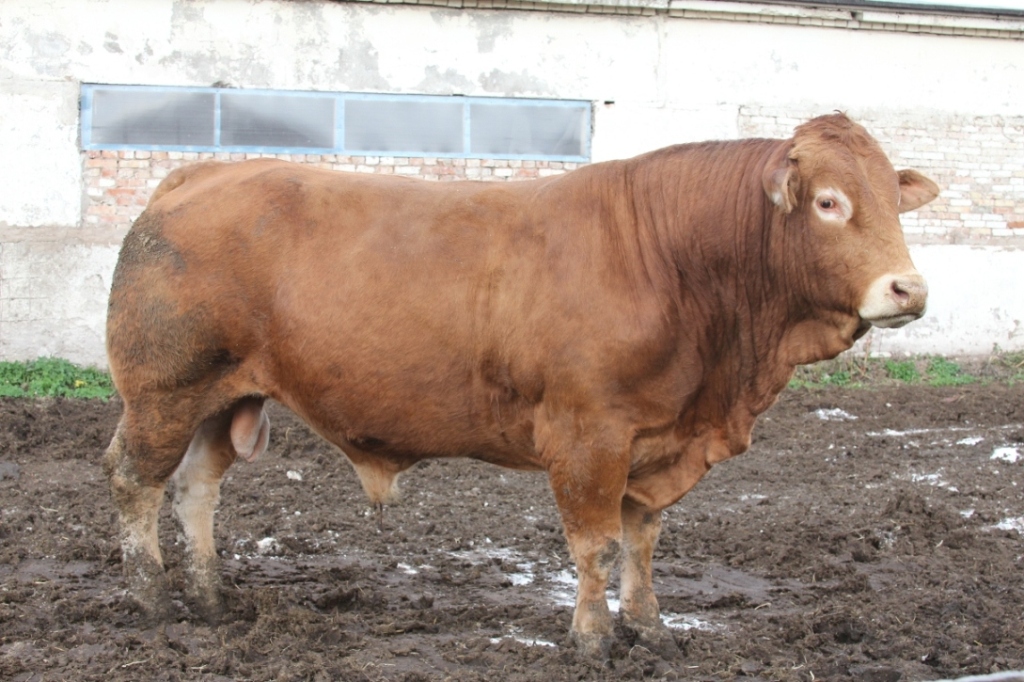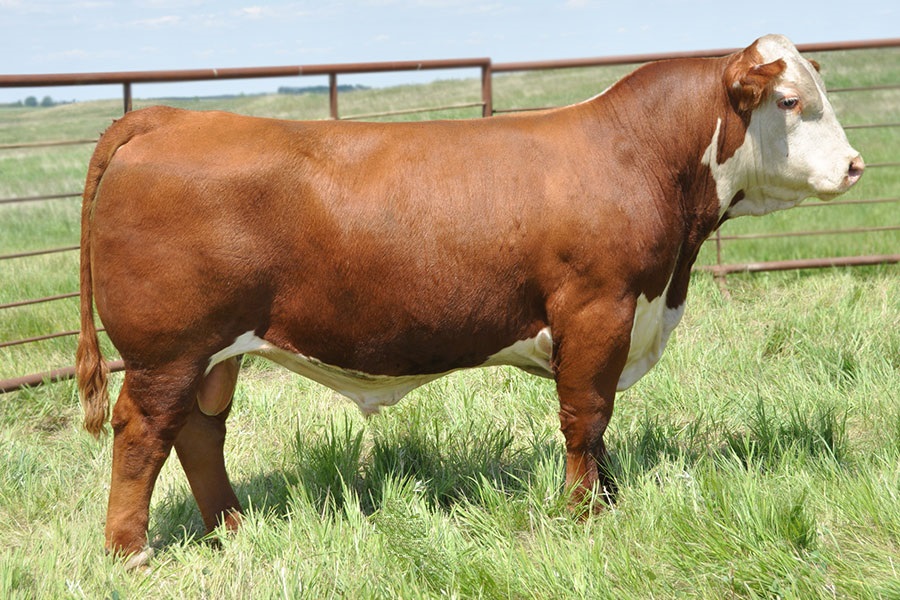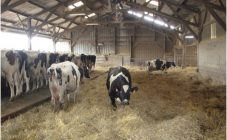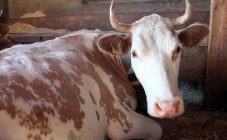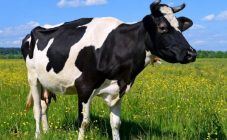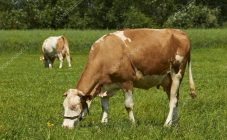Content:
There are many breeds of beef cattle. The real leader among them, which for decades has not yielded to its primacy, are the limousine cows. This breed appeared in France, today it is actively used not only for meat production, but also for breeding other breeds of cows around the world. A cow limousine is the topic of this article.
Limousine cows: characteristics
The breed was named after the region in France - Limousin, where, in fact, it was bred. These cows were bred for several centuries before the whole world knew about them.
Active breeding studies were aimed at obtaining hardy and draft cattle with large gains. The breed appeared as a result of selection in the middle of the 18th century. Today it is generally accepted that the Aquitaine cows became the ancestors of the specified breed. The first animals were presented at exhibitions at the beginning of the 19th century.
Limousine cows are widespread in Latin America and Australia, a considerable number are also found in Portugal and France. The breed is not very well known in Russia.
Description
Cows and bulls limousines come in a variety of colors, from golden brown to brick red. The light color is noted on the belly, tip of the tail, at the nasal mirror and around the eyes. The lower body is usually lighter in color than the upper. With proper care and nutrition, an animal can live for 16 years.
Gobies and cows fully meet the requirements of beef cattle breeds, with a slight difference - they are slightly smaller. The main features of the breed are:
- Massive physique. The body is strong and muscular, with a minimal amount of fatty tissue. The front part of the body is more massive than the back, rounded shapes.
- The legs are not long, but strong and massive. There is a large amount of muscle tissue on the thighs.
- The cow's udder is poorly developed.
- The limousine calf's horns and hooves are light-colored.
- The head is shortened, the forehead is large, the neck is short, and has a darker color than that of the whole body.
The approximate sizes of the limousine breed:
- the girth of the chest in adults is 2-2.4 m in cows and bulls, respectively;
- At the withers, the height varies from 1.3 m to 1.4 m.
Productivity
The milk productivity of this breed is extremely low and this is not surprising, because its main task is to provide farmers with meat. Under favorable conditions, milk yield does not exceed 1.8 tons. Despite the small amount, the quality of milk is excellent: the fat content reaches 5%, and the concentration of proteins averages 4.3%.
We can say that calves are born miniature.Typically, weights range from 20 to 30 kg, with a registered maximum weight of 40 kg. Thanks to this advantageous feature, young livestock have a much higher chance of survival. Average daily weight gain is 1 kg. As a rule, limousine bulls reach 500 kg by the age of one year. Cows, of course, are smaller - they reach semitones only in a year and a half.
The stable weight of bulls of this variety is 900-1000 kg. Breeding producers often exceed these figures, their average weight is 1300 kg.
In the vast majority of cases, the meat yield is high, over 65%.
Meat productivity directly depends on the feeding method:
- Extensive fattening consists in the maximum long-term range of the herd on the pasture, as well as long-term sucking of young cows. The possibility of pasture maintenance significantly reduces financial costs, but the period for gaining mass will increase by several months.
- With intensive fattening, bulls are castrated and placed in special pens, where they are practically unable to move. In this case, the animals are fed with concentrated feed.
Depending on the method of feeding, the level of marbling of the meat will depend, but each has excellent taste, the meat is tender and juicy.
Breeding and general rules for caring for animals
The content of this breed of cows is unpretentious. The main thing that should be given special attention is nutrition. Correctly organizing rational feeding, it will be possible to achieve the maximum weight gain among young animals.
The room where the cows will live must be spacious, the animals must move freely. The barn must be clean, fresh air must be available, and drafts must not be allowed.
When communicating with cows and bulls of the limousine breed, you should be careful and vigilant, since they have a wayward and very unpredictable character. If the animal doesn't like something, he will immediately let you know about it. Most often, such outbursts of anger can be observed in bulls that are older than a year. Bulls are dangerous in the first days of walking after winter stalling.
Nutrition
The average amount of food per day for one individual should be 70 kg. Increased feed intake is essential for rapid weight gain. In hungry cattle, milk yield is reduced by 30%.
The main diet includes hay, silage and root vegetables such as potatoes, beets, Jerusalem artichoke, carrots, and pasture grasses during warmer seasons. A cow can be given no more than 10 kg of hay per day. Vegetables should be cooked or given peeled. Root crops are recommended to be mixed with cereals.
Animals are watered twice a day. A pregnant cow should be provided with drinks at least three times a day.
Limousine breed: advantages and disadvantages
The Limousine breed has a large number of advantages, thanks to which it is in demand among farmers. The main advantages are:
- easy calving, which minimizes the risks of losing cows and calves;
- fast growth and weight gain by calves;
- excellent indicators of cold resistance;
- large meat yield at slaughter;
- high adaptive properties, animals can adapt to any climatic conditions;
- strong immune system and endurance;
- unpretentious content;
- excellent reproductive performance;
- well-developed motherhood instinct.
As for the disadvantages, perhaps the most significant is the aggressiveness of the cow and the bull during the raising of the calf. And also, females do not have a sufficiently developed reproductive instinct, therefore, the presence of an inseminating bull in a herd is mandatory, since artificial insemination causes many difficulties.
Limousine cattle breeds are famous for their many positive qualities, but their maintenance will require a lot of effort, time and money. Animals need regular care and nutrition, as well as periodic examination by veterinarians. Otherwise, the likelihood of developing diseases will increase, especially if the maintenance rules are not followed.
